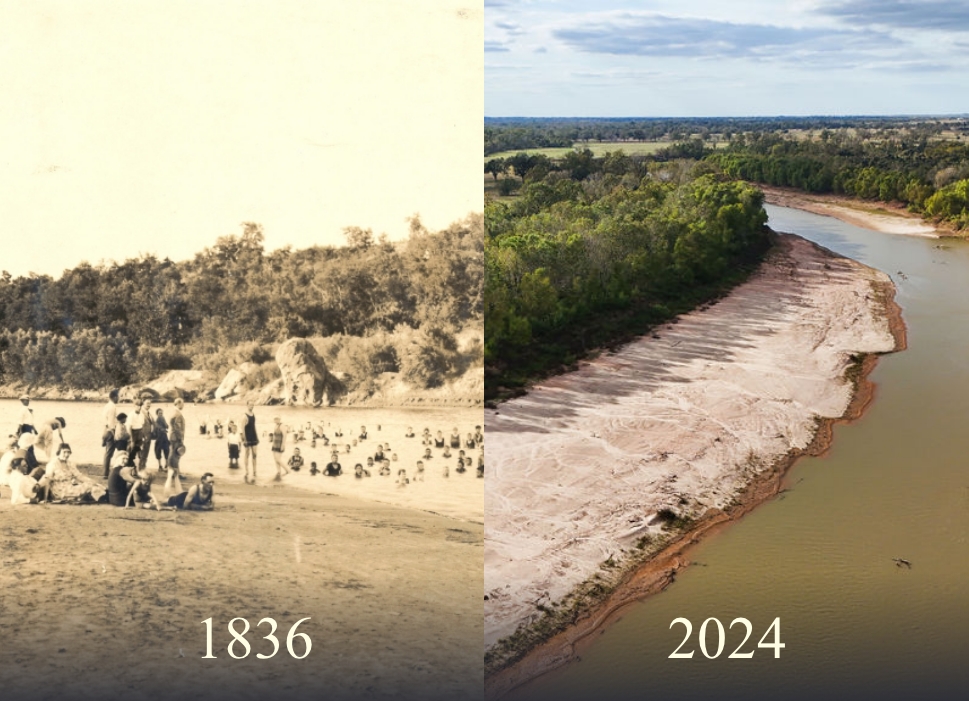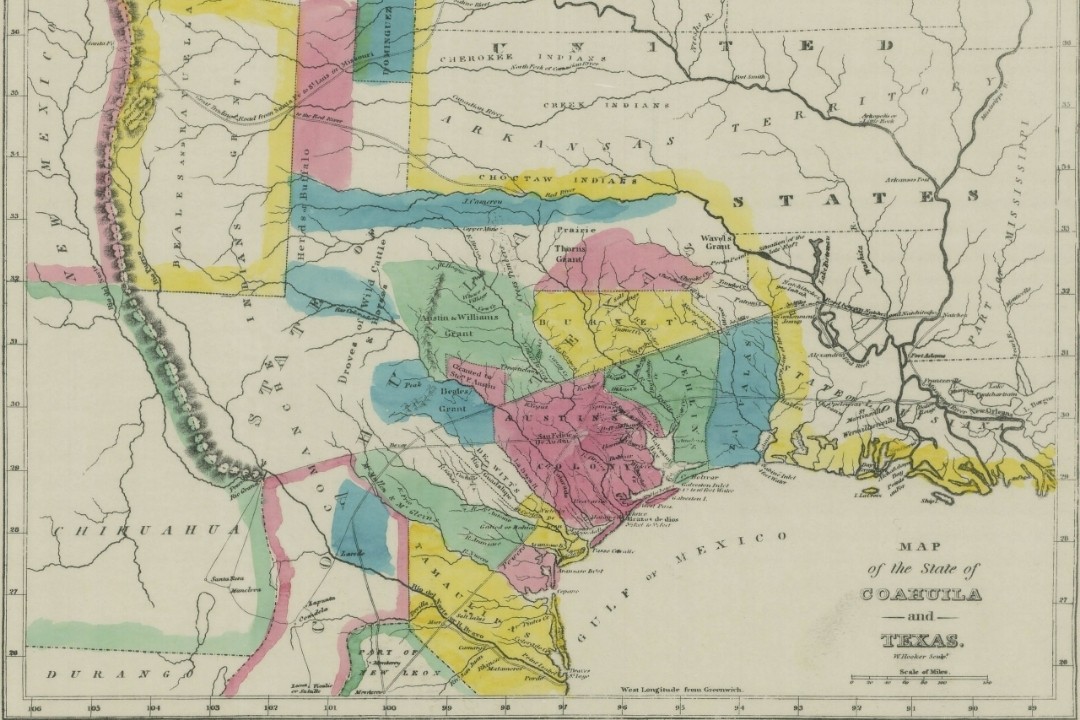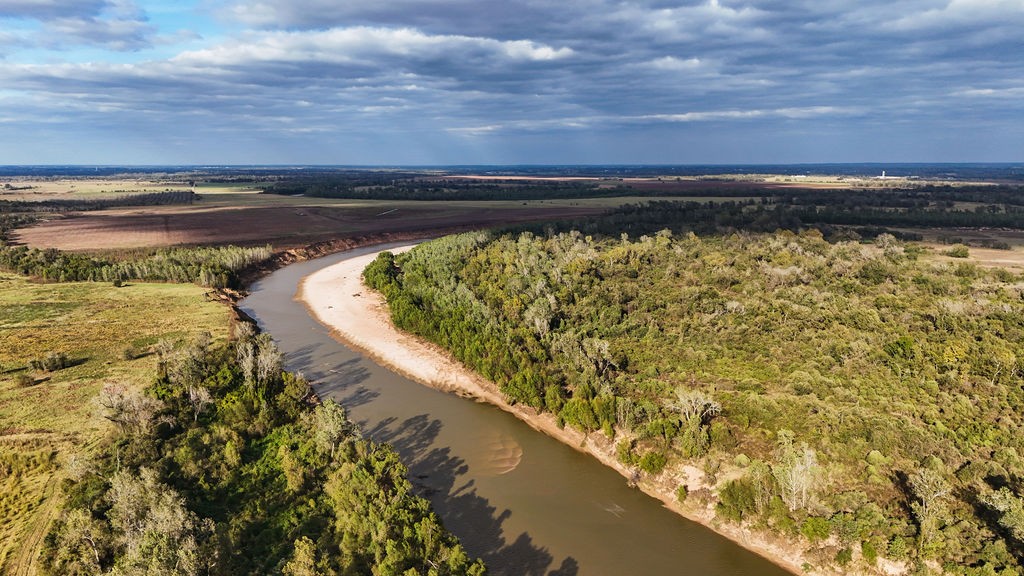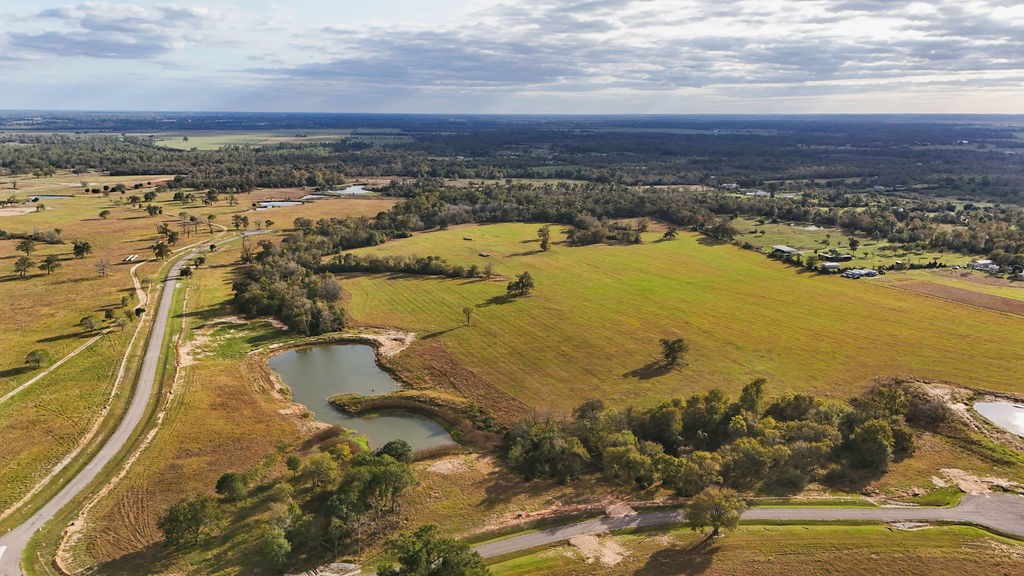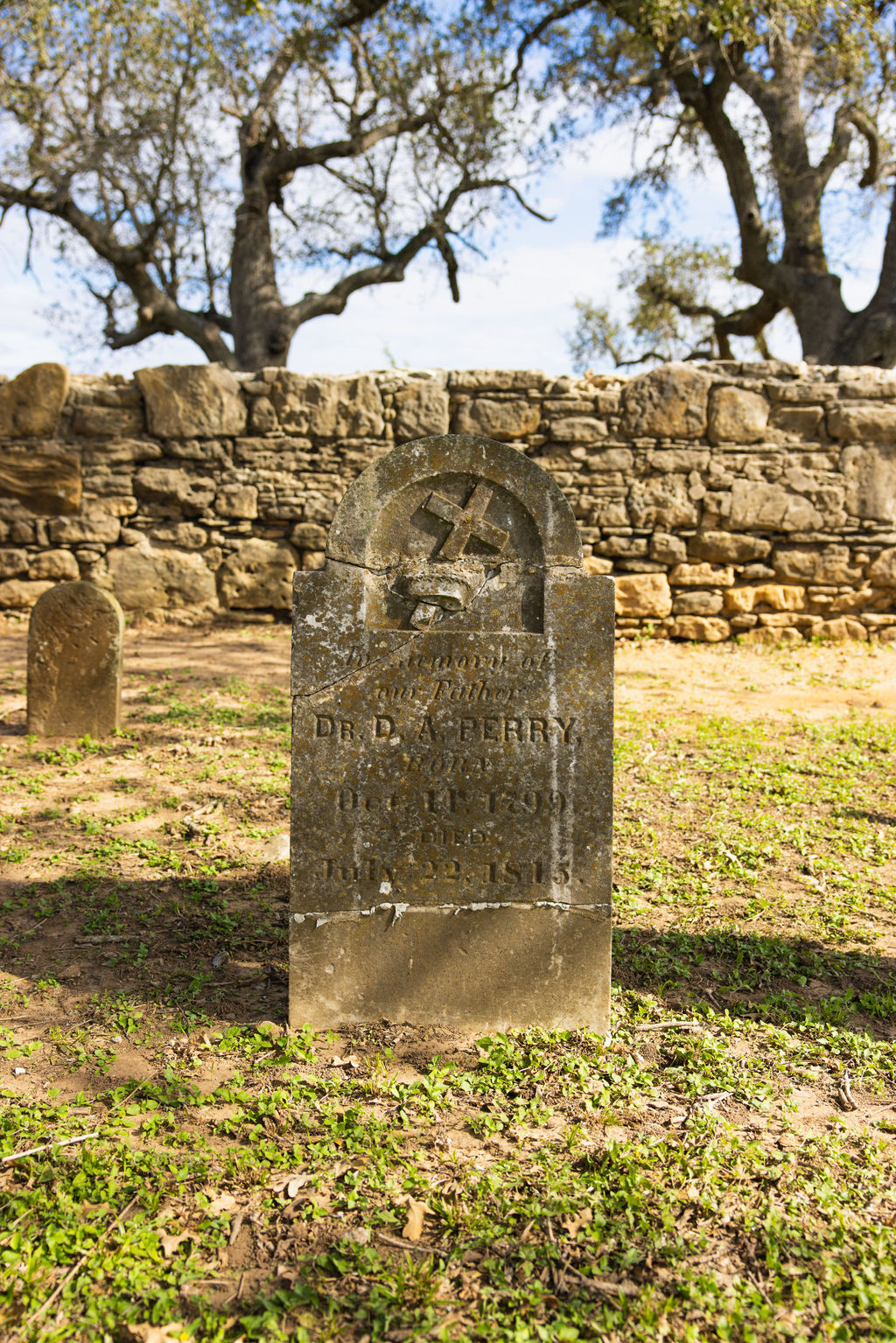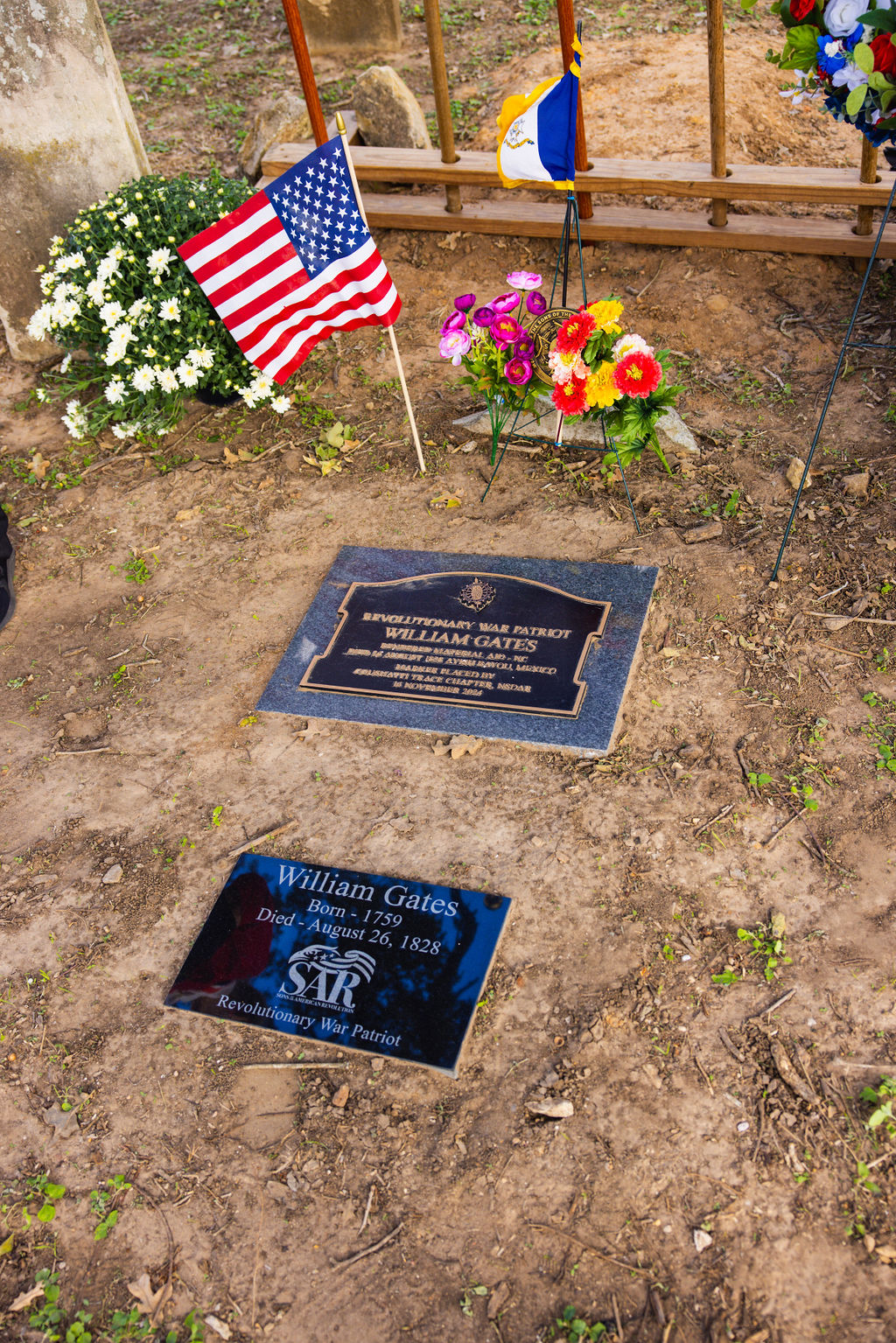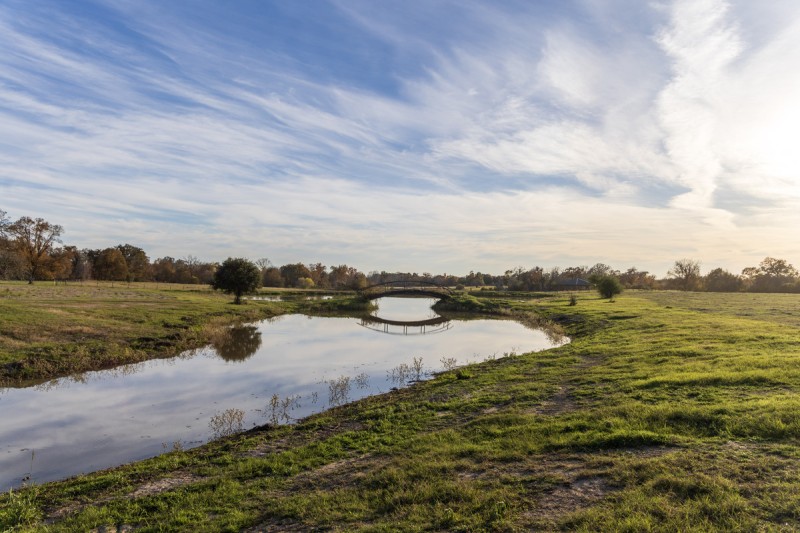William Gates was born around 1759 and served as a soldier from North Carolina during the Revolutionary War. After the war, he and his wife, Catherine Hardin, moved to Tennessee, where they had two children, Sarah, and Samuel. By 1780, the family was in Lincoln, Kentucky, along the Cumberland River, where more children were born: Hannah, Charles, Amos, Ransom, Jane, and William II.
In 1810, William and Catherine left Kentucky, traveling down the Ohio River and onto the Mississippi River, accompanied by the Hardins and Kuykendalls. By 1812, they settled south of Cadron Creek, which was then part of the Missouri Territory, near Abner and Amos Kuykendall, who married Sarah and Elizabeth Gates, respectively.
William's son, Samuel, married Catherine Pyeatt in 1813 and served as an ensign in the 2nd Battalion, Seventh Regiment of Arkansas County, Missouri Territory, during the War of 1812. Stephen F. Austin was also in the Missouri Territory and participated in the battle. Afterward, Samuel joined his father, who had moved to Miller County, Arkansas, not far from Pecan Point, a Texas settlement across the Red River.
It’s speculated that Austin may have encountered William Gates, a horse trader, while traveling down the Pecan Point Trail. Regardless, the Gates and Kuykendall families met with Austin in 1821 at Nacogdoches. With Amos as a scout, they reached the Brazos River in December of that year, and the Gates family reportedly became the first to cross into the new historic settlement of Washington-on-the-Brazos, earning their designation as one of the “Old Three Hundred Colonist” families.
On July 16, 1824, Gates received title to two sitios, or approximately 8,676 acres of land, where we are gathered today. His wife, Catherine, died in 1826 and was the first to be buried in the Gates-Perry Cemetery. William Gates passed away two years later, on August 20, 1828.
The Gates-Perry cemetery contains the graves of William, his wife, some of their children, their spouses, and grandchildren—thirteen graves in total, with the last death occurring in 1877.



